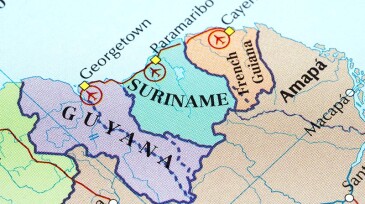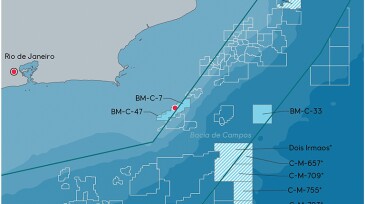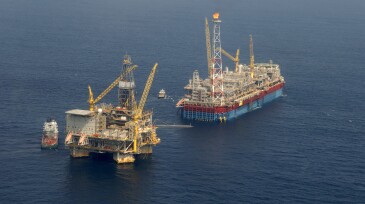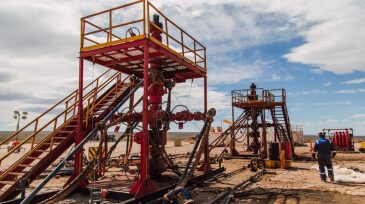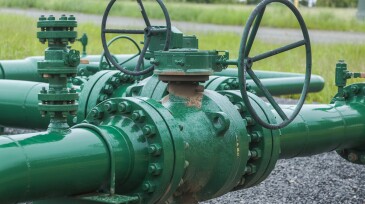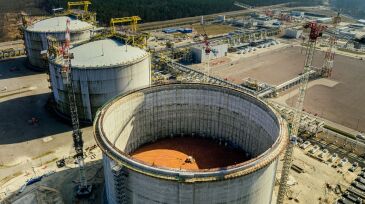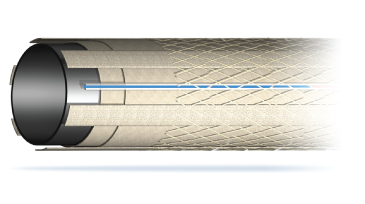Pipelines/flowlines/risers
The Gorgon Phase 3 project aims to counter declining reservoir pressure to sustain gas supplies to Western Australia’s domestic market and support LNG exports to Asia.
The contract will cover the design and manufacturing of tree systems, flexible flowlines, a manifold, and controls, as well as installation of the subsea production system.
Sponsored
Advance your career with the new Pipeline Engineering Program at the Technical University of Leoben, a 5-month course combining on-campus and online learning, integrating industry expertise, engineering practice, and future-ready skills for professionals in oil, gas, and emerging energy systems.
-
ExxonMobil awarded the consortium the project management, engineering, and installation of the estimated 190-km pipeline.
-
The contractor will finalize the chosen FPSO solution for the development in the Campos Basin pre-salt off Brazil.
-
Digital technology and high computing and processing speeds and novel technologies are providing additional impetus to extend the life of tubulars for long-term sustained production, minimizing negative effects on the environment. Recently, many new technologies borrowed from the horizontal-drilling industry have been applied effectively for downhole conditions to det…
-
This paper discusses the challenges presented by factors such as infrastructure, types of primary energy, and investment.
-
Tellurian awarded a contract that will result in the first application of the service provider's integrated compressor line technology in North America.
-
Tanzania has signed an LNG framework agreement to reboot a plan to build an LNG export terminal on the Indian Ocean.
-
Bidding is open for a 563-km natural gas pipeline that will expand the country’s natural gas transport capacity by 25%.
-
A new gas-gathering rule that has been issued by the US Department of Transportation's Pipeline and Hazardous Materials Safety Administration will soon expand oversight to all onshore gas-gathering pipelines, including about 425,000 miles of lines that had not previously been documented in annual reporting.
-
Sempra Infrastructure and Poland’s state-owned PGNiG oil and gas company have signed a deal that is expected to result in the export of 3 mtpa of LNG to Poland from Louisiana and Texas.
-
The high-pressure reinforced thermoplastic composite internal pipe is embedded with fiber optics for monitoring and detection of leaks.




